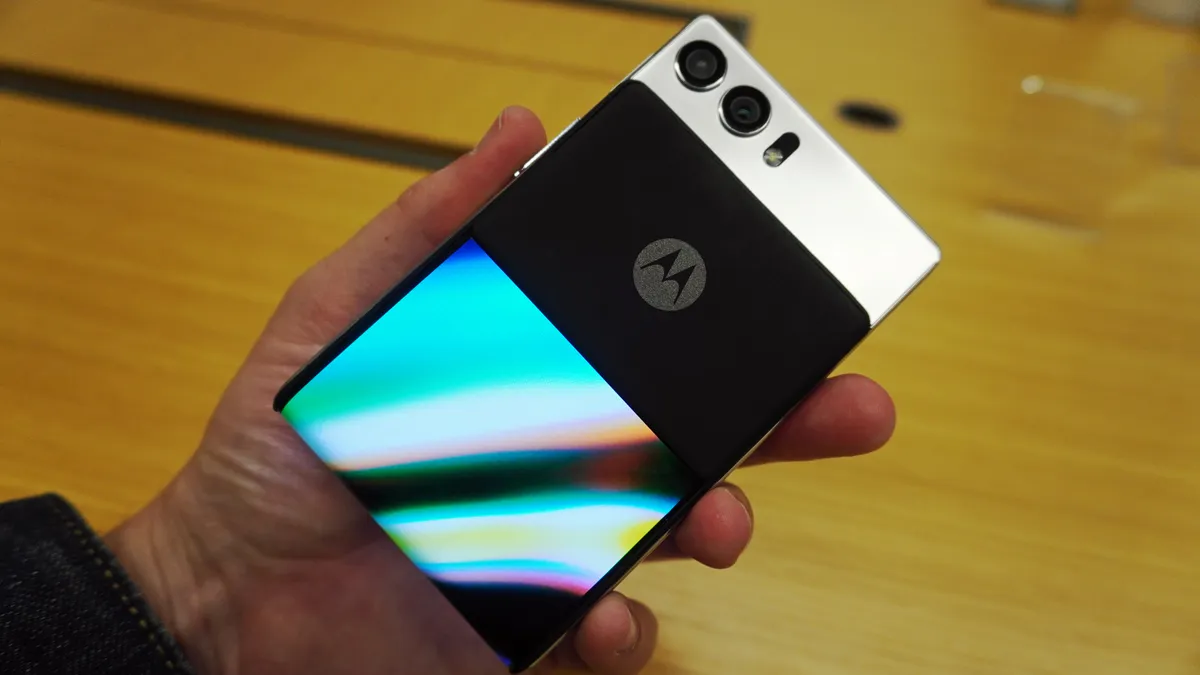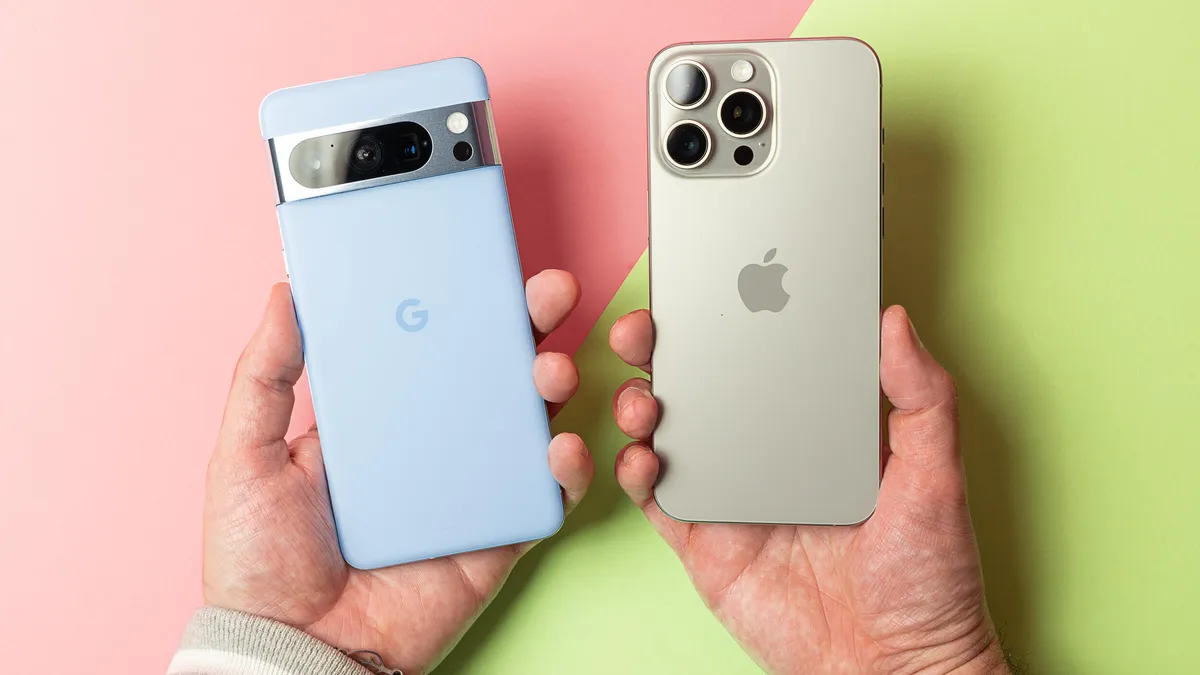The Accessibility Wins and Losses of 2023: Tech’s Journey Towards Inclusion 🌟
Technology advancements, from AI volunteers to upgraded iPhones, are enhancing accessibility.
Top achievements in assistive technology and accessibility in 2023
The past year has been a rollercoaster ride for the world of technology and programming. We’ve witnessed incredible advancements, like the rise of artificial intelligence and the ever-changing landscape of social media giants. But amidst the excitement, we’ve also experienced some unfortunate failures. In the realm of accessibility and assistive technology, 2023 has been no different.
However, it’s not all doom and gloom. We’ve also seen significant progress and meaningful changes that are making a positive impact on people’s lives. From increased customizability of the online experience to accessibility shifts in the world of live entertainment, sometimes all it takes is a simple addition to make a digital environment significantly more accessible.
In this article, we’ll take a closer look at some of tech’s accessibility standouts in 2023 and discuss their importance in creating a more inclusive digital world.
GIPHY adds alt text 👀
GIFs have become a ubiquitous language on the internet, but they have historically been inaccessible to users who are blind. However, in a heartening move, popular GIF platform GIPHY partnered with digital accessibility provider Scribely to provide alt text captions for its most popular content. This partnership ensures that users who are blind can now enjoy the humor and emotions conveyed through GIFs. 🎉
The alt text descriptions were intentionally human-written to ensure accuracy and improve compatibility with screen readers. Starting with 15 dedicated writers, Scribely rolled out approximately 3,500 descriptions per week. This move is a monumental step towards inclusivity, as it allows millions of people to join in on the daily joy that GIFs bring. 🎥
- Tech’s Biggest Winners in 2023: A Year of Surprises and Triumphs 🥇
- Say Goodbye to Mint: Exploring Alternatives to the Popular Personal...
- Samsung Galaxy S24 Leaks: A Feast for the Eyes! 😍📱
Netflix leads the way in customizable subtitles and audio description 🎥
Netflix has always been at the forefront of accessibility in the streaming industry, and 2023 was no exception. They introduced customizable options for subtitles and captions, allowing users to change font size, style, and color. Additionally, they added three new text style options: Light, Drop Shadow, and Contrast. These options make the on-screen captions easier to read for users with visual impairments. Netflix shows that customization is a crucial component of web accessibility. 👏
But that’s not all. Netflix also made significant strides in audio description. Their limited series, “All the Light We Cannot See,” received acclaim for its “rule-breaking” descriptive narration, highlighting the importance of inclusivity in casting and crew selection.
Gaming gets serious about accessibility 🎮
The gaming industry has recognized the need for accessible gameplay experiences. Sony, at the CES tech convention, unveiled Project Leonardo, a new adaptive game controller for PlayStation 5. This controller allows users to customize its use and design features, empowering players with limited motor control. Sony also included accessibility tags in all their offered games, providing relevant information about visual, audio, control, and gameplay features.
Xbox also joined the accessibility movement by introducing new features for their PC app. Users can now reduce visual elements on the screen, and a new tagging and search feature helps users find accessible games more easily. Street Fighter 6 and The Last of Us Part 1 also implemented expanded accessibility settings. It’s clear that the gaming industry is embracing universal design and aiming to make gaming accessible to all. 🕹️
Live entertainment and sports embrace accessibility upgrades 🎤⚽
Accessibility improvements aren’t limited to the virtual world. Live award shows and sports events have also made significant strides in becoming more inclusive. The 2023 Academy Awards and Grammy Awards introduced accessibility changes like ASL interpreters, live captions, audio description, and sensory bags for attendees. The NFL Super Bowl halftime show featured live ASL interpreters, and ESPN introduced AI-generated captions for their broadcasts. These initiatives ensure that everyone can enjoy the excitement and entertainment of live events.
GPT-4 and its impact on accessibility 🤖
Artificial intelligence continues to expand its role in accessibility. OpenAI’s GPT-4, the most advanced AI chatbot in existence, partnered with Be My Eyes, a visual assistant app, to provide a Virtual Volunteer powered by GPT-4. This AI-powered chat assistant is designed to help users who are blind or have low vision by assisting with visual identification, in-app searching, alt text for images, route navigation, and more. GPT-4 is becoming a game-changer in the realm of accessibility technology, opening up new possibilities for collaboration across industries. 👀
Apple’s devotion to accessibility becomes even stronger 🍏
Apple has always been a leader in accessibility, and this year, they took it a step further. On Global Accessibility Awareness Day, Apple announced a plethora of new accessibility features. These include improved updates to Voice Control, Siri customization options, object detection using the device’s camera, and two new voice features: Live Speech and Personal Voice. Apple’s Assistive Access mode is a standout addition, simplifying a user’s phone and accompanying apps to help those with cognitive disabilities. They also unveiled Adaptive Audio mode for Apple AirPods, further enhancing audio accessibility options.
Highlighting New Developments and Future Possibilities 🚀
It’s essential to acknowledge the significant progress made in accessibility throughout 2023, giving us hope for an inclusive digital future. As technology continues to advance, we can expect even more groundbreaking developments in the years to come.
With the growing emphasis on accessibility, we can hope to see further inclusivity in technology and programming. The importance of alt text for images, customizable subtitles, adaptive gaming controllers, and live event accessibility will continue to shape the tech industry. As AI plays an increasing role, we anticipate further collaborations with accessibility tech companies, like Be My Eyes and Envision.
Apple’s commitment to accessibility is inspiring, and we can anticipate continual improvements and new features in future iterations of their products. Google’s dedication to accessible navigation and identification further solidifies their reputation as a frontrunner in accessibility initiatives.
In conclusion, the accessibility wins and losses of 2023 have shown us both the progress being made and the challenges we still face. By striving for inclusivity, we can create a digital world where everyone has equal access and opportunity.
Remember, sharing this article helps spread awareness and encourages further progress in accessibility. Let’s work together to make technology and programming accessible to all. 💪
Q&A
Q1. How can alt text benefit users who are blind or have visual impairments?
Alt text, short for alternative text, is a description of an image that is read aloud by screen readers. It provides users who are blind or have visual impairments with a textual representation of the image, enabling them to understand its content. Alt text is crucial for making visual media accessible and ensuring that no one is left out of the online experience.
Q2. Are customizable subtitles and captions really necessary?
Absolutely! Customizable subtitles and captions are essential for individuals who are deaf or hard of hearing, as well as those with different visual preferences. By allowing users to adjust font size, style, color, and background, streaming services like Netflix ensure that their content is accessible to a wider audience. Customization is a key component of web accessibility, empowering users to adapt digital platforms to their specific needs.
Q3. How do adaptive game controllers enhance accessibility in gaming?
Adaptive game controllers cater to the needs of players with limited motor control. These controllers can be customized in terms of use and design, making them easier for individuals with disabilities to operate. By introducing features like accessibility tags in games, gaming companies are striving to offer more inclusive experiences to a diverse range of players.
Q4. How are live entertainment events and sports embracing accessibility?
Live award shows and sports events are becoming more inclusive by implementing various accessibility features. This includes ASL interpreters, live captions, and audio description for attendees. By providing these services, organizers ensure that individuals with hearing or visual impairments can fully participate in and enjoy these events.
Q5. What impact does AI, such as GPT-4, have on accessibility?
AI, like GPT-4, is revolutionizing accessibility by providing virtual assistance for individuals with disabilities. AI-powered chat assistants, like the one developed for Be My Eyes, assist users who are blind or have low vision with tasks such as visual identification, in-app searching, and alt text generation. AI has the potential to greatly enhance accessibility technology, opening up new possibilities for a more inclusive future.
References:
- Artificial Intelligence – ENBLE
- Social Media Giants – ENBLE
- Netflix Audio Descriptions – ENBLE
- Writing Accessible Image Captions – ENBLE
- PlayStation 5 – ENBLE
- Gaming Accessibility Settings – ENBLE
- Accessibility at Award Shows – ENBLE
- GPT-4 and Be My Eyes – ENBLE
- Apple Accessibility Features – ENBLE
- Google Maps Accessibility – ENBLE
- Barbie Streaming with ASL – ENBLE
- 988 Suicide and Crisis Lifeline – ENBLE
📢 Let’s keep the conversation going! Share this article and join us in creating a more inclusive digital world. 🌎






